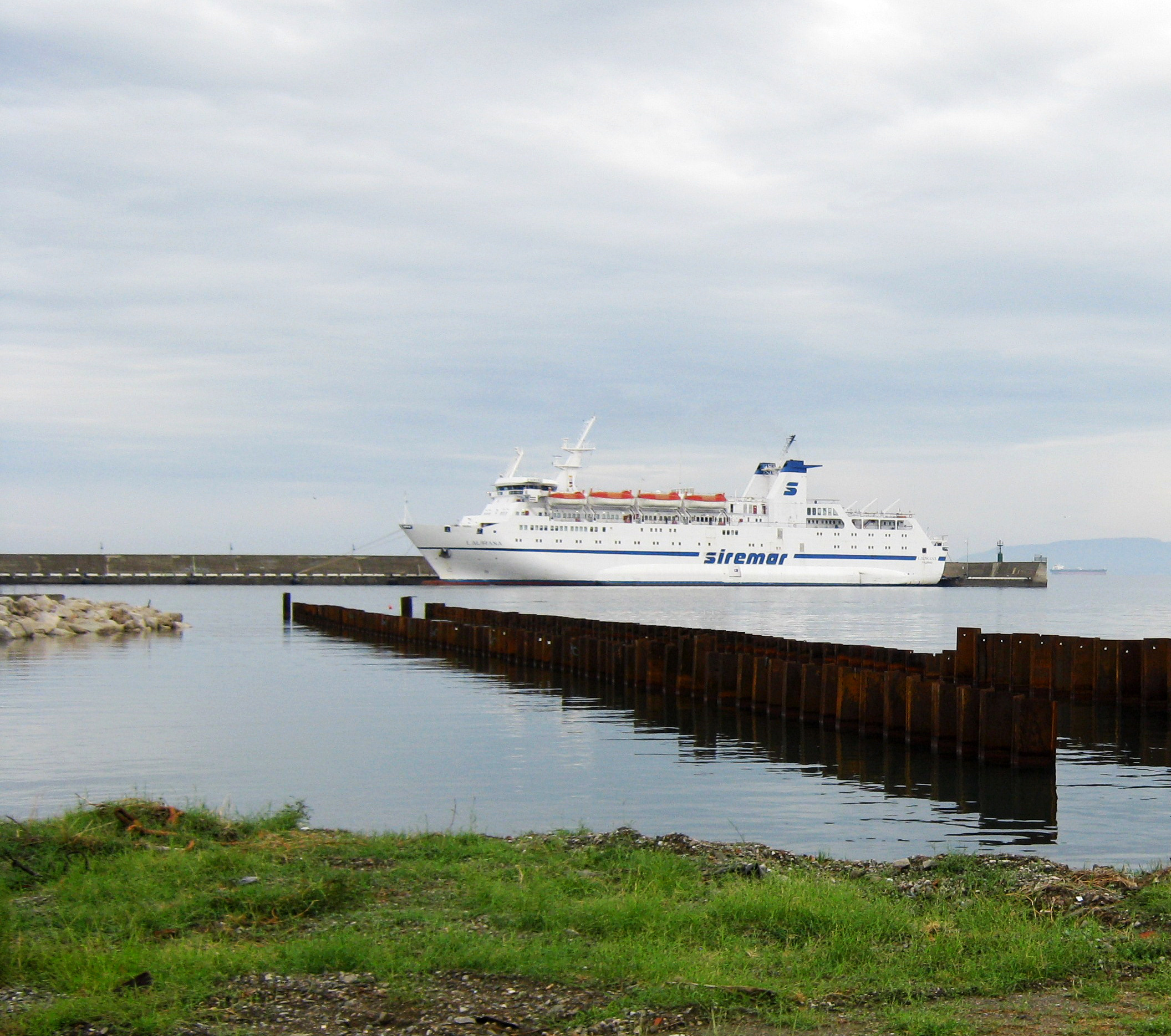Technical notes on the differences between the two forming technologies
SOME ARGUMENTS IN SUPPORT OF THE INEXISTENCE OF SCIENTIFIC EVIDENCE DEMONSTRATING THE TECHNICAL SUPERIORITY OF HOT-ROLLED SHEET PILES COMPARED TO COLD-FORMED ONES.
1 – An extensive bibliographic search did not reveal any scientific publication or empirical data, not even from hot sheet pile producers, of a technical difference between the two types of technologies for producing what is in fact a single product.
2 – Please remember that the construction of sheet piling in Europe is regulated by the harmonized standard EN 12063/99, prepared and approved by CEN (European Committee for Standardization) on 9 January 1999, in order to establish the requirements, recommendations and information regarding the execution of sheet piling.
The same standard indicates indifferently valid hot-rolled and cold-formed sheet piles and produced respectively according to EN 10248 and EN 10249.
In the entire Standard there is no trace of limitations on uses and applications for cold-formed sheet piles compared to hot-rolled ones.
3 – The most authoritative geotechnical engineering manuals (such as the “Geotechnical Engineering Handbook, Elements and Structures” edited by Ulrich Smoltczyk) indicate calculation and verification methods for sheet piling that are valid for both hot-rolled and cold-formed sheet piles.
4 – Again, in the latest edition of “Recommendations of the Committee for Waterfront Structures:
Harbors and Waterways (UAE 2004)” by John Wiley & Sons 01/09/2012 – 660 pages,
at paragraph 8.1.7 reference is made to the acceptance criteria for sheet piles if the latter are produced and certified according to EN 10248 or according to EN 10249, without making any difference.
The above recommendations represent an authoritative and recognized European source (here is a reference):
Since 1949 the “Committee for Waterfront Structures” has operated on honorary basis as a committee of the Society for Harbor Engineering (HTG), Hamburg, and since 1951 also as working group of the German Society for Geotechnics (DGGT), Essen. Its full designation reads “Committee for Simplification an Standardization of Calculation and Construction of Waterfront Structures”, which also outlines its goals. Following on from the previous joint publications, this new edition of EAU 2004 contains the safety concept with partial safety factors in accordance with the Eurocodes or the European prestandards as well as with the new edition of the corresponding German standard, partially differing on account of practice experiences. The recommendations continue to satisfy the requirements for international acknowledgement and application with regard to planning, design tendering, the awarding of contracts, building and building
supervision. Further, the inspection and accounting procedures for harbour and waterway constructions are given from uniform points of view.
Actually, people complain about the fact that the Register of Engineers tends to maintain a status quo where cold sheet piling is considered the poor brother of hot sheet piling. We read that the arguments supporting this thesis are non-existent and based on ANECDOTES rather than empirical data. The proof of what is stated is the non-existence of a publication or empirical data that seriously compares the two products and demonstrates the existence of substantial differences.
6 – The same detractors of cold-formed sheet piles (again without providing scientific data) establish that apart from a difference in the shape of the clutches/interlocks, there are no other technical differences. In the “Sheet Piling from Canada: Determination of the Commission in Investigation” – United States International Trade Commission, it is reported that ” … The hot-rolled joints can hold back sand and water, whereas the cold-formed joints cannot produce a form-fitting lock. The other properties of the sheet piling are generally the same“.
In other words, the shape of the clutches (the interlocks or joints) of the hot rolled sheet piles would provide better waterproofing characteristics. In some cases this fact is not applicable as the waterproofing is guaranteed by other systems (waterproof sheet). In other cases, sealants must be used whose final effect is the same for all types of connectors.
7 – On some web sites that advertise hot sheet piles I found that the clutches of the latter (characterized by more complicated shapes than the cold formed ones) would allow better maintenance of straightness during the installation phases. If this were true, it would not be an intrinsic defect of the material and the technology used to produce it, but rather a greater or lesser difficulty for those who install it.
8 – Studies on the influence of cold working of steels on the behavior and mechanical characteristics of the finished product (ductility, fatigue failure, weldability, elastic modulus, etc.) were carried out particularly in the 1980s and 1990s. 90 of the twentieth century (see studies by Dhall, Winter and Errera of Cornell University). It is also on the basis of these studies that harmonized standards such as EN 10025 have been developed which takes care, among other things, to specify that the steels intended to be reduced into sections by cold forming must be of particular types and named with particular acronyms (“C” for final “Cold” in the steel grade acronyms) (see also EN 10249 which prescribes the grades S235JRC, S275JRC and S355JOC).
EN 10025 is also concerned with defining the minimum curvature radii for the subsequent cold forming, evidently to safeguard the performance of the finished product.


